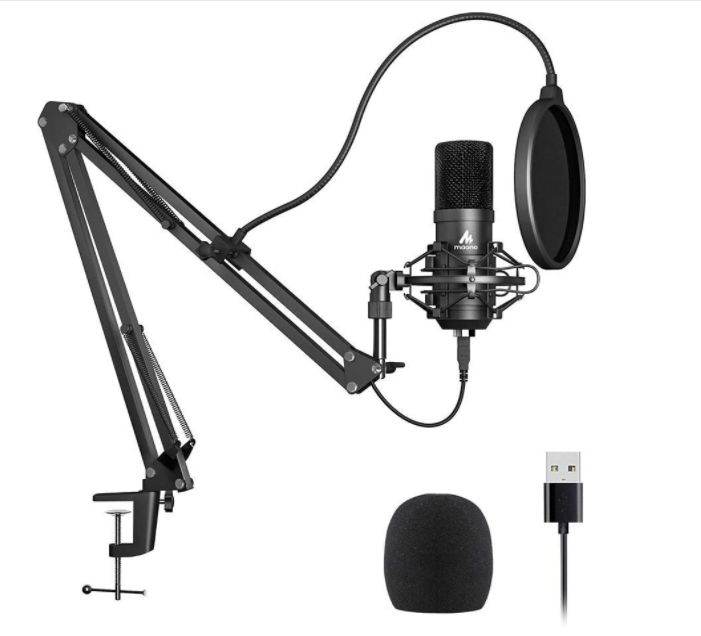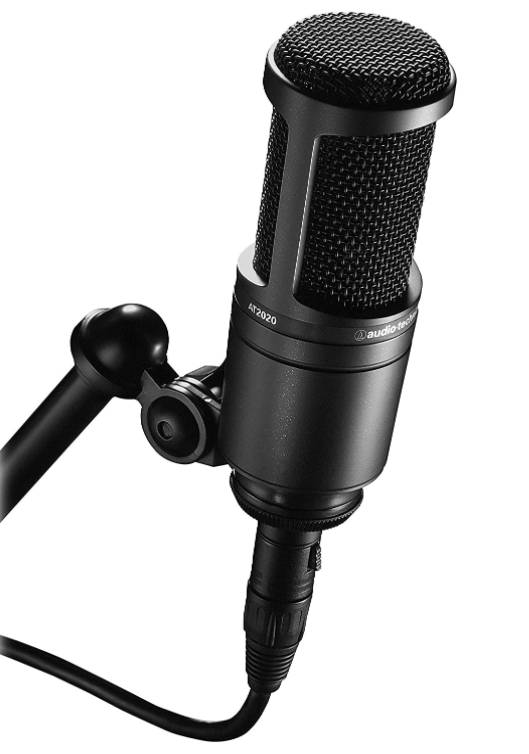How To Choose The Right Microphone – Definitive Guide
Table of Contents
We all know that having a quality microphone makes all the difference in the recording. It is possible to produce decent content with your smartphone that comes with a built-in microphone. However, having excellent audio can bring your project to another level.
Be it shooting a YouTube video or starting a podcast, we can never stress enough the importance of audio. Having said that, the main issue lies in choosing the right microphone. With so many choices on the market, not to mention the various technical jargon, it can be a daunting process.
Fret not, whether you are a beginner starting a new YouTube channel or a seasoned musician looking for an upgrade, we have it covered for you.
Different Types Of Microphone
Dynamic

There are two main types of microphones. The first type of microphone that you tend to find on the market is a dynamic microphone. If you have a favorite singer or stage artiste, chances are that you have seen them using a dynamic microphone.
One best thing about a dynamic microphone is that it is great for noisy environments. Not exactly designed to brave the harshest of conditions, but they are rugged enough. Thus, it is a clear favorite for stage performances or interviews.
How does a dynamic microphone work? The small coil inside a dynamic microphone is sensitive to sound vibrations. Then, these waves convert into an electrical signal for your recording.
Besides, this kind of microphone generally has substantial coil and magnets when compared to other types of microphones.
Condenser

The other kind of microphone that has gained popularity on the market is the condenser microphone.
One main difference is that a condenser microphone works with capacitor plates and not a coil and magnets. As capacitor plates are not as hardwearing as magnets, they are much more static as compared to the dynamic microphones. There are exceptions though such as the shotgun microphones.
Moreover, condenser microphones require more power than dynamic microphones. This is where the need for phantom power comes in. This may sound technical if you are not familiar with phantom power. To put it simply, whatever you insert the microphone into has to send at 12-48V of DC voltage.
Condenser microphones are also great to pick up subtleties in sound. This is due to their sensitivity to smaller vibrations as compared to dynamic microphones. Therefore, they are famous choices when it comes to singing recordings or podcasts.
USB vs XLR Microphone
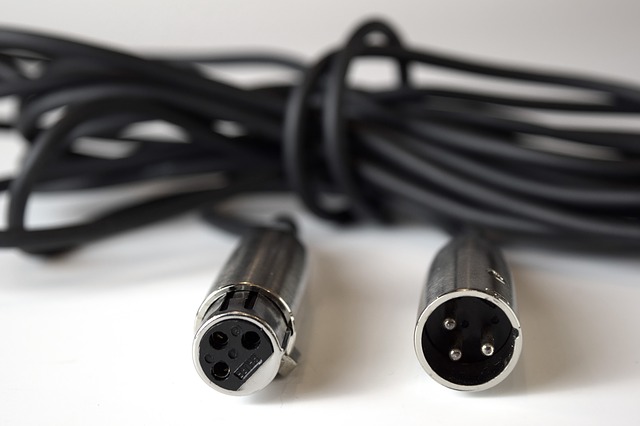
When comparing USB microphones and XLR microphones, most would favor the USB microphone. The main appeal of USB microphones has to be their convenience and ease of use. Even beginners can benefit from using a USB microphone.
They also can pick up sound from the front due to their cardioid polar pattern. Thus, most users tend to choose them for voiceovers or even podcasts. All these prove to be great but they can never beat their affordability. USB microphones are generally cheaper than XLR microphones.
While we cannot deny the advantages of a USB microphone, the benefits of an XLR microphone should not be overlooked as well. For those who are seeking better quality audio, the XLR microphone is a more suitable choice.
Yes, XLR microphones can be on the pricier side and users need to buy an audio interface as well. However, they produce much better quality audio, especially for vocal and instrumental music recordings. To put it simply, an XRL microphone is a necessary investment if you are looking for higher sound quality for your projects.
The inner mechanism of XLR microphones contributes to their ability to produce better audio. They have two channels for the travel of currents, which in turn helps to cancel out unwanted sound. This is in contrast with the USB microphone, which contains only one channel.
Wired vs Wireless Microphone
You may have asked yourself this important question before deciding on a microphone. Do I choose a wired microphone or a wireless microphone? The answer can vary according to various factors. Both types of microphones have their advantages and disadvantages.
As a start, wired microphones are the classic microphones that come with a cable. On the other hand, wireless microphones offer more freedom as they do not have a cable but are also usually more expensive.
If you are a seasoned performer on stage, you will probably know this. Although lacking in mobility, wired microphones are more reliable. Despite the freedom, you do not have to worry about disrupted signals and the need to change batteries mid-performance. All it takes is just good cable management.
On the other hand, with wireless microphones, you do not have to experience limitations when performing and can focus on delivering energetic performance.
Next on the list is technical issues. It is common to face technical issues when using a microphone. For that, it is easier to troubleshoot any problems when using a wired microphone. With wired microphones, you are saved from problems in transmitters or receivers.
Nevertheless, wireless microphones do have their appeal as well. Without the need for cables, you can have a neat environment for your projects. All those wires can potentially cause sound distortions too.
Microphone Polar Pattern
Polar patterns are important features to look out for when purchasing a microphone. They are essential to produce the best recording experience. Many may be unfamiliar with the polar patterns of a microphone.
A microphone’s polar pattern determines the sensitivity of a microphone in picking up signals from various directions. It is crucial to select the right polar pattern to prevent unwanted audio issues such as sound bleeding or affected frequency response.
Cardioid
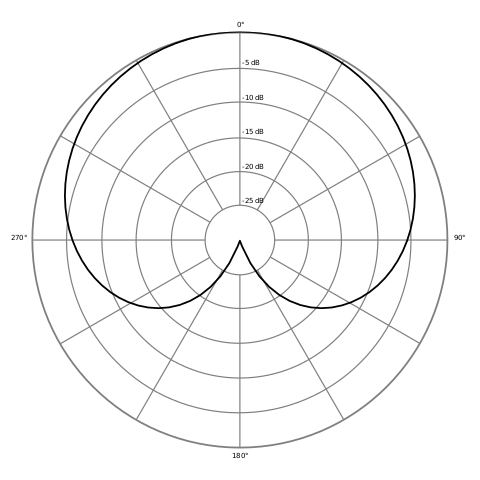
Microphones that come with a cardioid polar pattern are the most common of all. An interesting fact about the cardioid polar pattern is in its name. The response of this pattern is likened to the shape of a heart and thus, the name cardio.
This pattern is commonly used when there is a necessity to place the focus on a single sound source while limiting the pick-up of sound from the sides and rear. That is why the cardioid polar pattern is suitable for vocal recordings and live performances.
In a live performance, it is essential to capture the vocalist’s voice while canceling out other forms of sounds from the monitors surrounding the stage and other performers.
With the use of cardioid microphones, the X/Y stereo technique can be applied. To use this technique, users can place a pair of cardioid microphones with a 90-degree angle between them. This technique gives rise to separate left and right pick-up of the audio source.
There are also variations when it comes to the cardioid polar pattern. They are hyper-cardioid and super-cardioid polar patterns. Compared to the classic cardioid polar pattern, they are more compact in directions from the front. In a close pattern, they pick up less sound from the sides and rear of the microphone.
One such example is the shotgun microphone where the pick-up of sounds from the front is narrow and sounds from the other directions are neglected.
Bi-Directional
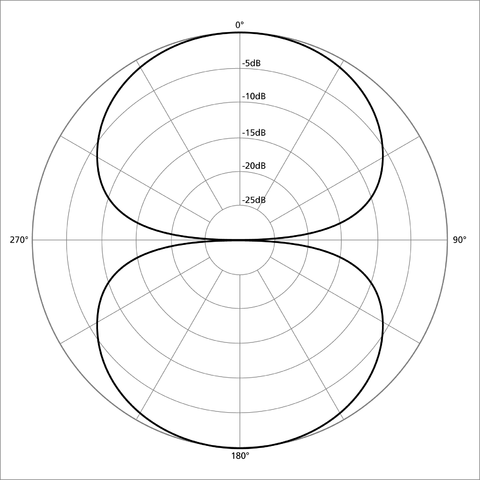
The other microphone polar pattern that we will talk about is the bidirectional polar pattern. It is also known as the figure-8 pattern. So what is a bidirectional polar pattern? Like its name, it means that it has a figure-8 pickup pattern.
Bidirectional microphones pick up sound from the front, which differs in polarity from the back. A simple explanation is that the polar pattern is sensitive to front and back sounds while eliminating sound from the sides.
One thing to take note of regarding the bidirectional microphones is they are best used within a distance. At a fair distance, the sound produced is the most natural. The reason behind this is due to their sensitivity against plosives.
Most ribbon microphones on the market show the bidirectional polar pattern.
Omnidirectional
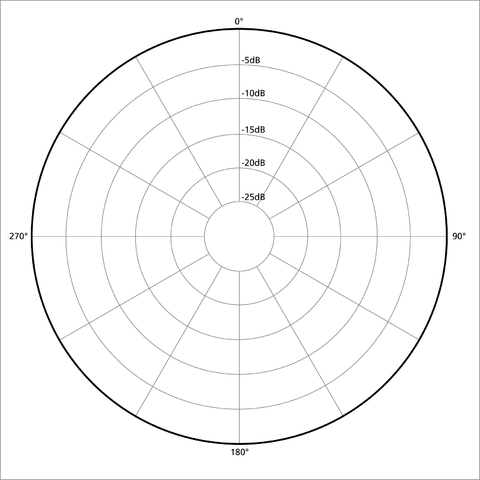
Omnidirectional microphones, on the other hand, are not that suitable for live performances. The main reason for this is that it tends to pick up sound from all directions in an equal manner. Thus, possibly picking up unwanted noise and resulting in feedbacks.
Most would argue that an omnidirectional microphone responds in multiple dimensions. This might not be the case as it is just really an indication of wavelength frequency.
One thing that sets it apart from cardioid microphones is that there are delays in resonant cavities. Therefore, it is one of the best when it comes to having low coloration. With this feature, it does not contribute unnecessary elements to the original audio.
Another feature of omnidirectional microphones is that they are sensitive to pressure. In other words, they possess a flat response in low frequency. As opposed to directional microphones that are sensitive to velocity, they react less to wind noise.
If you want the best out of this type of microphones, it is best to choose one with a small diameter. The reason is it will produce the best omnidirectional features at larger frequencies.
Frequency Response and Sensitivity
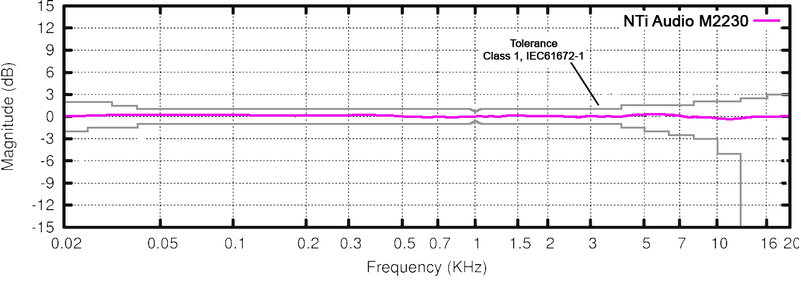
If you are on the hunt for a microphone, chances are that you have come across the term frequency response. This term may sound technical but it is not that difficult. The frequency response of a microphone refers to its ability to reproduce the signals that it receives within a range of frequency.
Men’s voice usually has a frequency between 85 to 180 Hz while women’s, 165 to 255 Hz. Children tend to have a higher-pitched voice that reaches 300 Hz or higher. You need to choose a microphone with an adequate frequency range for clarity in recording.
Frequency response isn’t merely about the highs and lows of the recording limit, it also indicates the amplitude of the reproduced sound in different frequencies. It is expressed in a logarithmic chart of dB vs Hertz.
Another technical term that comes up in terms of microphone specifications is sensitivity. As simple as it sounds, the sensitivity of a microphone means how sensitive a microphone is. It measures the slightest sound that a microphone can pick up.
Consider How You’re Going To Use The Microphone
Singing
When it comes to your vocals, you have to choose a microphone that brings the best out of your voice. Aside from factors such as affordability, you have to consider its suitability for your voice.
When choosing the best microphone for singing, the go-to microphone has to be the condenser microphone. The main pushing factor being their better frequency response as compared to dynamic or ribbon microphones.
However, this may not be the case for all vocalists. Though exhibiting a higher frequency range, there is more restriction. Some vocalists prefer to use dynamic microphones for freedom.
Secondly, the genre of music itself is also a determinant of which microphone to use. Background noise can be an issue for the balladeers while rock singers would not find it a problem at all.
The next thing to check is the polar pattern. While there is no one-size-fits-all kind of microphone, most singers would steer towards condenser microphones that have a cardioid polar pattern.
Recording
When it comes to microphones for the recording studio, various factors come into play as well. Both dynamic microphones and condenser microphones fit into the setting of a studio.
Well, it depends actually. Professional recording studios use a wide range of microphones for specific tasks or recording needs.
The key to finding the best microphone for recording is the purpose itself. For recording vocals, the one with a higher frequency response tends to be the favorite choice.
More complicated recordings such as recording the acoustic guitar is another thing as it is one of the most complicated instrument to record. Nevertheless, there are certain industry standards for recording.
Streaming (YouTube)
YouTube streaming is gaining all the rage nowadays. With its popularity, more and more streamers are putting extra effort into the equipment besides the content.
Besides choosing a microphone that produces great sound quality, it is vital to take note of its durability. It is equally important to know whether it has zero-latency monitoring or not.
Zero-latency monitoring is necessary. To stand out from the competition and bring the best out of you, choose one that can help you to hear how you would sound in real-time.
Instruments
If you are confused about which microphone to use for instruments, fret not. The ultimate plan is to know the type of instrument that you are using.
As mentioned before, both condenser and dynamic microphones are versatile enough for different purposes. This applies to instruments as well. The rule of thumb is to determine the frequency response of each instrument.
As an example, condenser microphones are great for high-frequency instruments such as the acoustic guitar or piano. As with low to mid-frequency instruments like electric guitars and drums, dynamic microphones are the best bet.
Choosing A Preamp
One may wonder about the relevance of a preamp for microphones. The ultimate benefit of preamps is that they are one of the best ways to bring your vocals or recordings to the next level.
As with microphones, there are various types of microphone preamps on the market. Thus, it is vital to choose the right one for your microphone.
Do you need a pre-amp?
Why do I need a microphone preamp? The answer is simple. It is considered an essential tool to bring out the professionalism of your projects. This is why most studios do not hesitate to invest in one to bring their game up.
Paired with an equally high-quality microphone, you can capture vocals and do recordings with greater details than before.
While some may be content enough with the built-in microphone preamps, a specialized microphone preamp does better in adding extra colors and quality to your vocal and instrumental recordings.
Think of all those hit records with differing quality in their lows, mids, and highs. A microphone preamp is all it needs to form an emotional bond with the listeners.
With all that said, it is advisable to invest in a microphone preamp. The key is to understand how microphone preamps work and how to choose one that fits your needs and budget the most. This is why you need a great microphone and a great preamp.
Do You Need Accessories For The Mic?
The answer is a big yes to this question. Many factors come into play to achieve the best sound capture. We would liken accessories to the unsung heroes that bring impact to your sound.
Pop filter
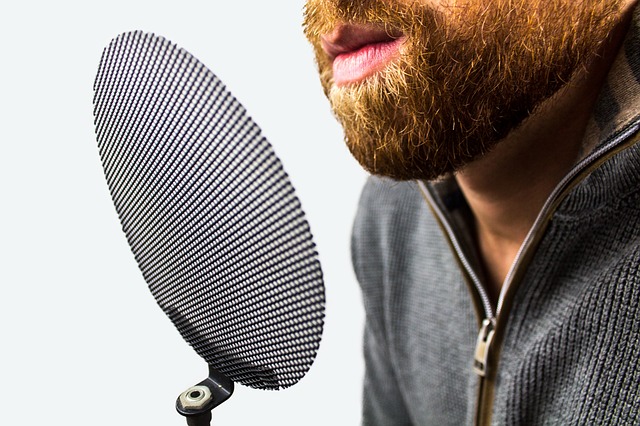
Do not be fooled by its humble exterior, the pop filter is essential as a recording gadget. There are many varieties for you to choose and they include simple ones such as the simple pop screen or the sophisticated metal varieties.
One main function of the pop filter is to prevent those irritating low-frequency bumps. You don’t want plosives whether on stage or in the studio.
Microphone Stands
Many do not take microphone stands seriously. You might think that they do not affect your sound quality.
Well, you might be surprised by its benefits. The most experienced sound engineer will agree that the microphone stand contributes to better microphone positioning, thus, better sound.
It is important though to choose a microphone stand that is stable and can be adjusted easily. An extremely stable microphone stand can stand well against factors such as floor vibrations, especially on stage.
Spider Mount
The next essential microphone accessory is a common sight, especially in recording studios. A spider mount is often paired with a pop filter in studio settings.
Besides functioning as a microphone holder, a spider mount is important to isolate the microphone from shock. The shock comes in the form of mechanical transferred noise from either stands or booms.
Summary
There you have it! Our comprehensive list of what to look out for in a microphone. While there are multiple factors to consider when choosing or purchasing a microphone, having a basic understanding of microphones could prove to be helpful.
